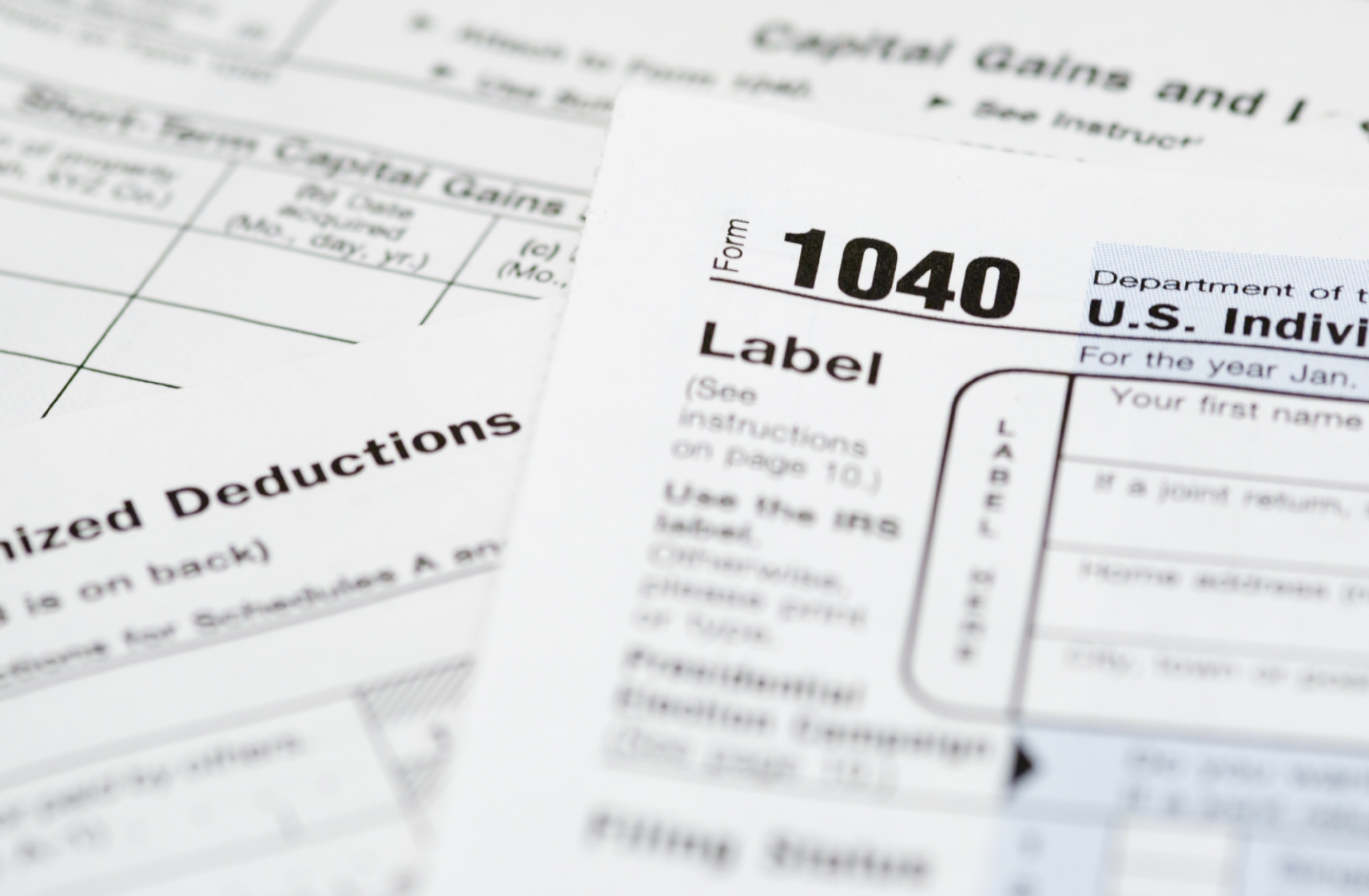Tax Reform Hits Mobile Employees Hardest
One segment of taxpayers who will be greatly impacted are those that are considered mobile employees, or individuals who drive for work, such as sales people or visiting nurses. The tax law will cost them several thousand a year in lost tax deductions.
Dec. 04, 2018

As the end of the year draws closer, it’s crucial to consider how new legislation that went into effect earlier this year might impact any of your clients when it comes to filing their individual 2018 tax returns. One piece of legislation to pay special attention to during this year’s tax season is the Tax Cuts and Jobs Act (TCJA). Signed into law on December 22, 2017 and effective as of January 1, 2018, TCJA will significantly impact individual taxpayers when it comes to itemized deductions, alternative minimum tax, tax rates, standard deductions and personal exemptions.
Who specifically is impacted by the change?
One specific segment of taxpayers who will be greatly impacted are those that are considered mobile employees, or individuals who drive for work, such as sales people or visiting nurses. As a result of TCJA, these workers will no longer be able to claim a business expense deduction for unreimbursed vehicle expenses that exceed 2% of their adjusted gross income via schedule A and Form 2106.
To put this into perspective, over 5 million tax payers claimed mileage as unreimbursed business expenses in 2016. This amounted to $35 billion dollars in deductions. So, if drivers aren’t self-employed and had previously claimed their mileage as a business expense deduction on their taxes in 2017 or prior, they can no longer do this on their 2018 tax return.
So, what’s the damage?
If we zoom in on an individual level, a single person can end up losing out on thousands of dollars in deductions each year. Here are two examples as to why:
- Example 1: Jack is a visiting nurse who receives $300 in allowance every month as a reimbursement for the driving he does to visit patients at their homes. While this amount did not cover the 12,000 plus miles he drives a year, he always wrote off the difference as a business expense on his taxes. Unfortunately, he can no longer do this. Without the tax savings from his business expense deduction, the $300 is even less adequate as a reimbursement for all the travel he is doing. While he drove over 5,000 unreimbursed miles, he cannot take the $1,280 as a tax deduction.
- Example 2: Kendall is a medical device sales representative who doesn’t receive any reimbursement for the driving she does for her company. She racks up over 20,000 business miles per year and can afford the expense, which she’s successfully written off on her tax return in years past. In 2017, her 20,000 miles multiplied by the IRS business mileage deduction rate of $0.535 is $10,700. If we remove $1,600 for the 2% of Aggregate Gross Income (AGI), this comes out to an itemized deduction of more than $9,100. Kendall was able to write this off in 2017, however in 2018, she can no longer claim his mileage as a business expense deduction. So, she’ll get no tax relief for the expense of driving her car from meeting to meeting throughout the year.
These are just two examples to how TCJA might impact mobile workers as they go to file their 2018 tax returns. Of course, there are other instances where mobile workers won’t be affected. Those who will continue to be made whole, are those employed by companies that have business vehicle programs which reimburse mobile workers at or under the current IRS business mileage deduction rate, and that call for mileage logs that meet IRS requirements. If this is the case for your client, and they have been submitting all of their mileage, they can look forward to mileage reimbursement without fear of taxation.
If this is not the case, and your client is upset over not receiving a deduction this year, you should suggest that they speak to their employer to ask them to consider adopting a new mileage reimbursement model that will reimburse for every mile they drive. One example of this is a Fixed and Variable Rate (FAVR) program, which is a tax-free program that calculates a specific reimbursement amount for each individual based on how much they drive and where they drive. This will enable them to benefit from tax deductions in the future, even with the TCJA in effect.
It’s already the holidays and the start of 2019 is just around the corner – as is the beginning of tax season. It’s important that CPAs are able to offer insights and support to clients during this busy time, especially if there is new legislation which might greatly impact how their taxes are filed. The TCJA might greatly impact your clients this year, but with your help, they can better understand how to navigate this legislation and work with their employer to resolve any potential issues moving forward.
